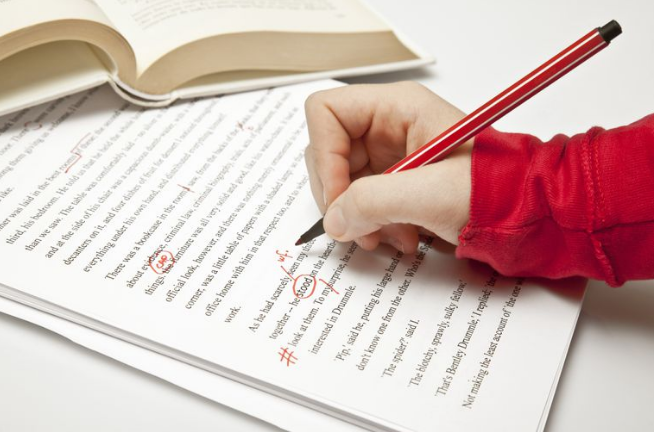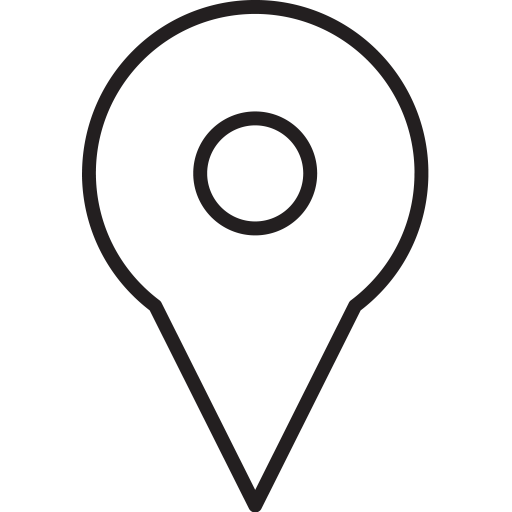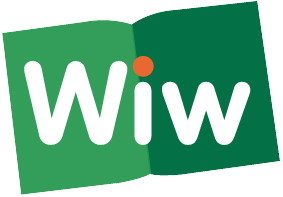 The English language is full of words that are easy to mix up. We’ve covered a number of these:
The English language is full of words that are easy to mix up. We’ve covered a number of these:
It’s easy to understand why these words are so easily confused: they’re homophones. Homophones are words that sound alike, but have different meanings.
While then and than aren’t technically homophones, they’re so close, especially in spoken English (and depending on how clearly one speaks, accents, etc).
These words are particularly important because they are so common, not just in everyday conversation, but also in business conversations – such as in giving directions or comparing performance.
So how do you tell the difference between then and than?
Then is for Sequence or Time
Use then when you are indicating a sequence of events or in reference to time.
For example:
“First, enter your password, then hit the enter key.” (Sequence)
“I was in a meeting then.” (Time)
“If you can complete this task in the time allotted, then could you also work on the reports?” (Sequence)
One way to remember this is the e in then is also in sequence and time.
Than is Used for Comparisons.
The word than is used when making comparisons.
“This project is more important than what you are currently working on.”
“Your performance is better than last year.
“I like the format of this proposal better than the previous format.”
One way to remember this is the a in than is like the a in comparison.
Than and then are little words with enormous differences in their meaning and usage. The little trick of looking for the “a” or the “e” – along with careful proofreading – help to determine which word you should use in a given situation.
Want to learn more about being a better writer or editor? Check out our books (Amazon) and courses.
about any of our products or services.




